Opportunity knocks tomorrow night in Lexington, where the Vols will face #18 Kentucky in 40 degree glory. Tennessee started as a four-point underdog this week, but this morning I’m seeing them some places at -1. SP+ likes the Vols by four. And in expected win totals, our community gives Tennessee a 53.9% chance of victory, which is indeed a higher number than we saw going into toss-ups with Pittsburgh, Missouri, and Ole Miss.
Josh Heupel’s team has played good football this season, really good compared to what we’ve seen before/thought we would again. In SP+ these Vols remain contemporaries of the 2009, 2012, and 2016 teams, and not the company of the last four years we thought they’d keep. They went deep into the night in Gainesville and Tuscaloosa. They had a chance to beat Pitt at -3 in turnovers. And they finished the Ole Miss game with a 74.1% win expectancy in SP+. It’s pointing in the right direction for the long haul.
This is the game to get to solidify the present.
Kill The Narrative
One thing the Kentucky game has done in the last ten years is drastically impact the narrative for Tennessee. We talked about this a lot during our lengthy period of coaching uncertainty last December, but when you look at Tennessee’s wilderness period as a whole, there are really only three games that could’ve single-handedly changed Tennessee’s fate in a significant way. There are many losses that weren’t close, many that were close but were followed by too many others. But I still think three games could’ve changed the story of Tennessee in the 2010s in a meaningful way. The fourth quarter of the 2007 SEC Championship Game, which would’ve kept Phillip Fulmer employed through 2008. Change one of any number of plays from the 2015 Florida game, and you’ve given Butch Jones an SEC East title in year three.
And the 2011 Kentucky loss, which might have kept more of the staff intact and prevented the defensive meltdown of 2012.
That 10-7 loss in Lexington, now celebrating its 10th anniversary, swung the narrative hard against Derek Dooley in ways the 2012 team/defense couldn’t recover from. It was at the time a blip on the radar: Tennessee won the next five in the series in the transition from Dooley to Butch and Joker Phillips to Mark Stoops. When the Cats won again in 2017 (despite the Vols being +4 in turnovers, because we attempted six field goals), it solidified the narrative, effectively ending the Butch Jones era. Take nothing away from how Kentucky fans felt about it, but for us it was almost a relief.
And then, last year.
There was more losing behind and before Jeremy Pruitt; it wasn’t one of those games that if you change a couple plays or the entire outcome, he’s still the coach here. But considering where we were at halftime the week before, and where we left that day in Knoxville? It’s one of the most dramatic and revealing swings we’ve experienced.
October 17, 2020 was originally Tennessee’s bye week in pre-covid world. So I, like many, was getting ready for a wedding. The Vols had a halftime lead on Georgia seven days earlier before turnovers buried them. “Can’t beat Georgia when you do that,” we thought, “but we’re still a good team.” Still won eight in a row before Athens. Kentucky was 1-2 with losses to Auburn and Ole Miss, plus a win over Mississippi State. And it was Tennessee who came into this one ranked 18th.
It happened slowly, at least as I remember listening to it on the radio, and then it happened very fast. There’s a freedom that comes from changing coaches and playing well that allows us to look back on this game this week and see that’s true. Kentucky went three-and-out, and Tennessee drove to the UK 30. But Jarrett Guarantano was sacked, and the Vols punted from their own 37.
Then Kentucky fumbled at their own 45 yard line, but Tennessee gave it right back at the 26. Kentucky punted again, and we went to the second quarter scoreless.
The first pick six came in Tennessee territory, raced back 41 yards for a 7-0 Kentucky lead. The Vols went backwards on the ensuing first down, but then ripped off gains of 25, 10, 9, and 8. First-and-10 at the UK 28, no problem.
And then the second pick six, 85 yards for a 14-0 Kentucky lead. Then J.T. Shrout, who threw an interception two plays later, leading to 17-0.
Tennessee had 4th-and-1 at their own 34 with five minutes to play in the half, went for it, and converted. Then Eric Gray and Ty Chandler carried the ball ten straight times for a touchdown. 17-7 at the break, with Tennessee’s defense keeping everything alive.
To open the third quarter, the Vols again had 4th-and-1 at their own 30. This time, Pruitt elected to punt. And this time, Kentucky pounced: 76 yards in 11 plays, facing nothing more than 3rd-and-1. 24-7 Cats midway through the third quarter. In response, the Vols got one first down before Guarantano was sacked, effectively ending the drive. Kentucky added three more. An unsportsmanlike conduct penalty ended the next drive, and Kentucky went 54 yards without facing anything more than 3rd-and-2. It was over with 11 minutes still on the clock. Lots of things felt over.
In Vegas, it’s the worst Tennessee has performed in the post-Fulmer era: favored by 6.5, lost by 27. Any remaining signs of life against Arkansas and Auburn died out in the same game. And the investigation sealed the deal on the Jeremy Pruitt era.
New Life From the Old
Losing to Kentucky in Knoxville for the first time since 1984 was, in many ways, the last remaining seal on the old days. There is no more, “Tennessee always beats _______________.” Removed from the heat of the moment, I think that can actually be a good thing. Too many years, too many tries, etc. – best to focus on the present, where Heupel and company are doing a great job so far.
And that’s what makes tomorrow night such a great opportunity: the chance to solidify that narrative for 2021 by beating a ranked team. The Vols would go to 5-4, with only a shot at #1 and assumed wins over South Alabama and Vanderbilt remaining. Maybe this kind of opportunity will present itself in a bowl game, maybe not. But it’s here today, and the Vols should feel like they have every opportunity to get it.
The team’s performance this year has left little doubt on whether moving on from Pruitt and company was a good thing. The investigation that ended his tenure is now ended itself, and there is no bowl ban coming from Tennessee’s side. The Vols are playing well, in hopes that recruiting will follow. And in this sport, everything follows winning, and Heupel has a chance to get his biggest one tomorrow night.
Credit Kentucky, as well, for the move from, “Losing to these guys costs everything,” to, “Beating these guys can solidify the present.” Advanced stats may not love them, but if they beat us? All that stands between them and a 10-2 season is Vanderbilt, New Mexico State, and the rivalry finish with Louisville. Even after last week, that may be all that stands between them and the Citrus Bowl, at worst. That would join the 2018 team as the program’s best bowl appearance since 1951.
Under Stoops, Kentucky is free from their past. And this, so far, has felt like a good time for the Vols to make a clean break from theirs, good and bad. The future remains too soon to tell overall in Knoxville, and Stoops’ good work may make this a more anxious ride on the coaching carousel in Lexington. But no matter what, both teams have done the good work this season of making this a really big game. For both teams. In the present.
Again, credit Heupel and this team for even getting in games like this in year one.
Now’s the time to win one.
Go Vols.

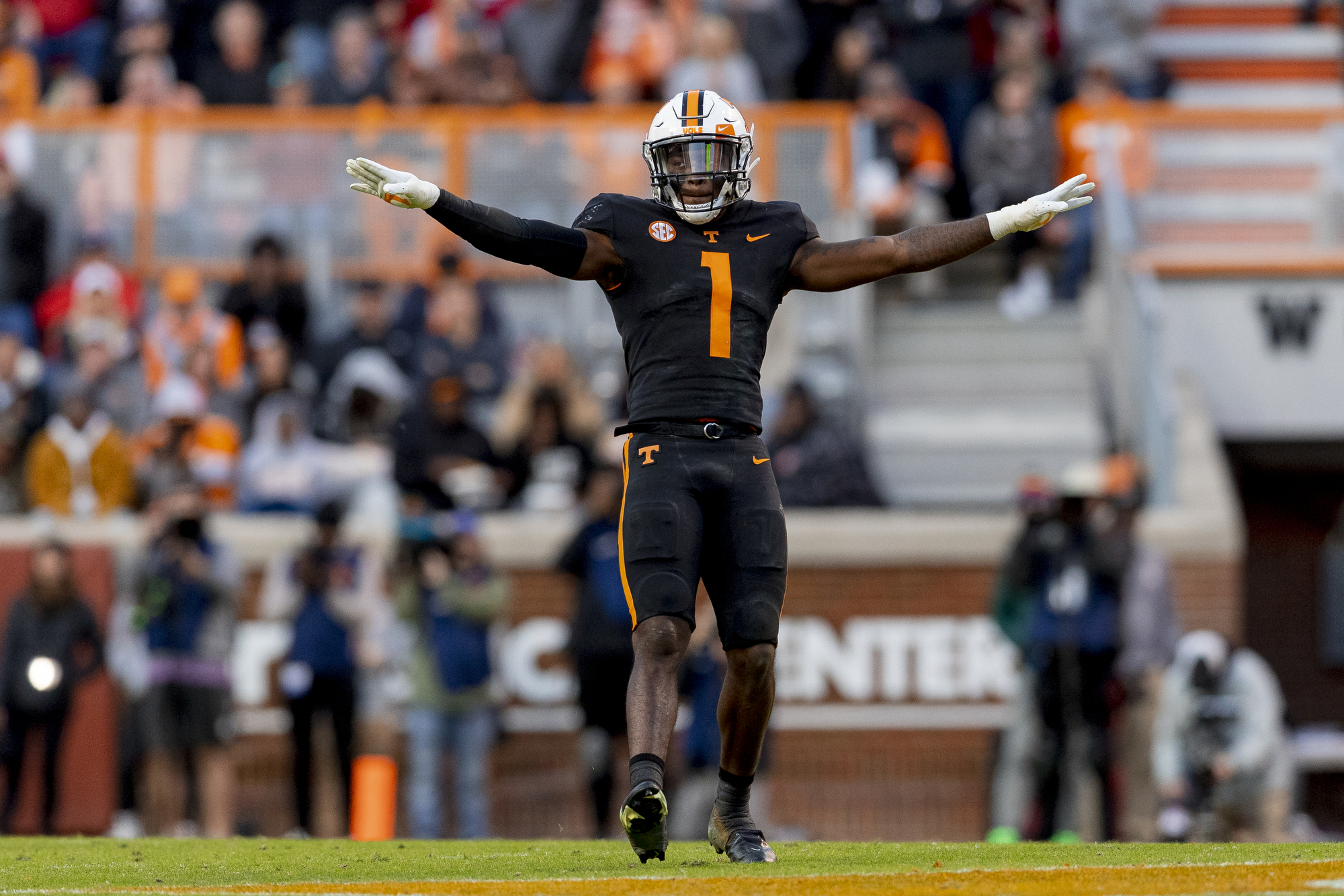
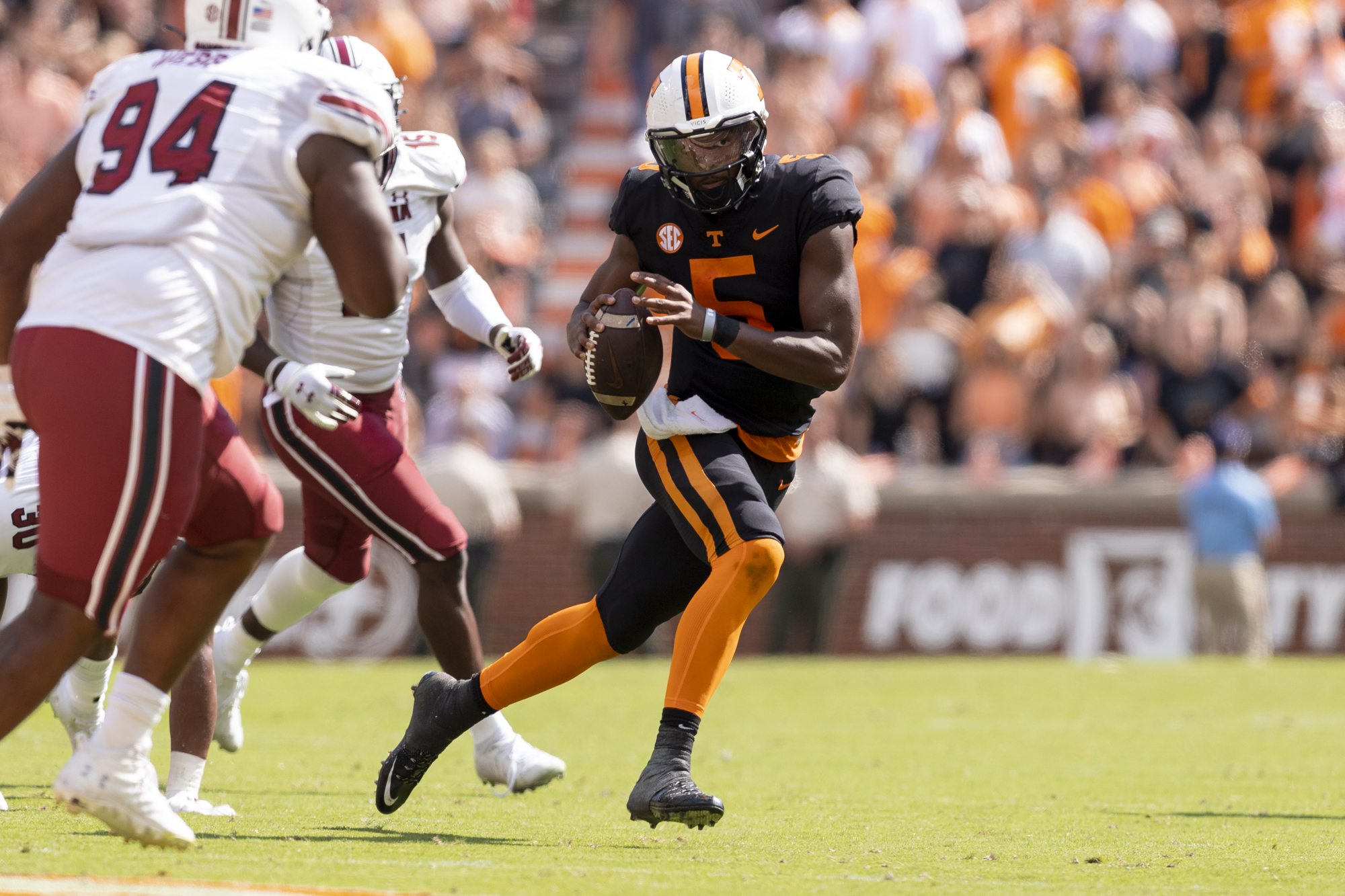
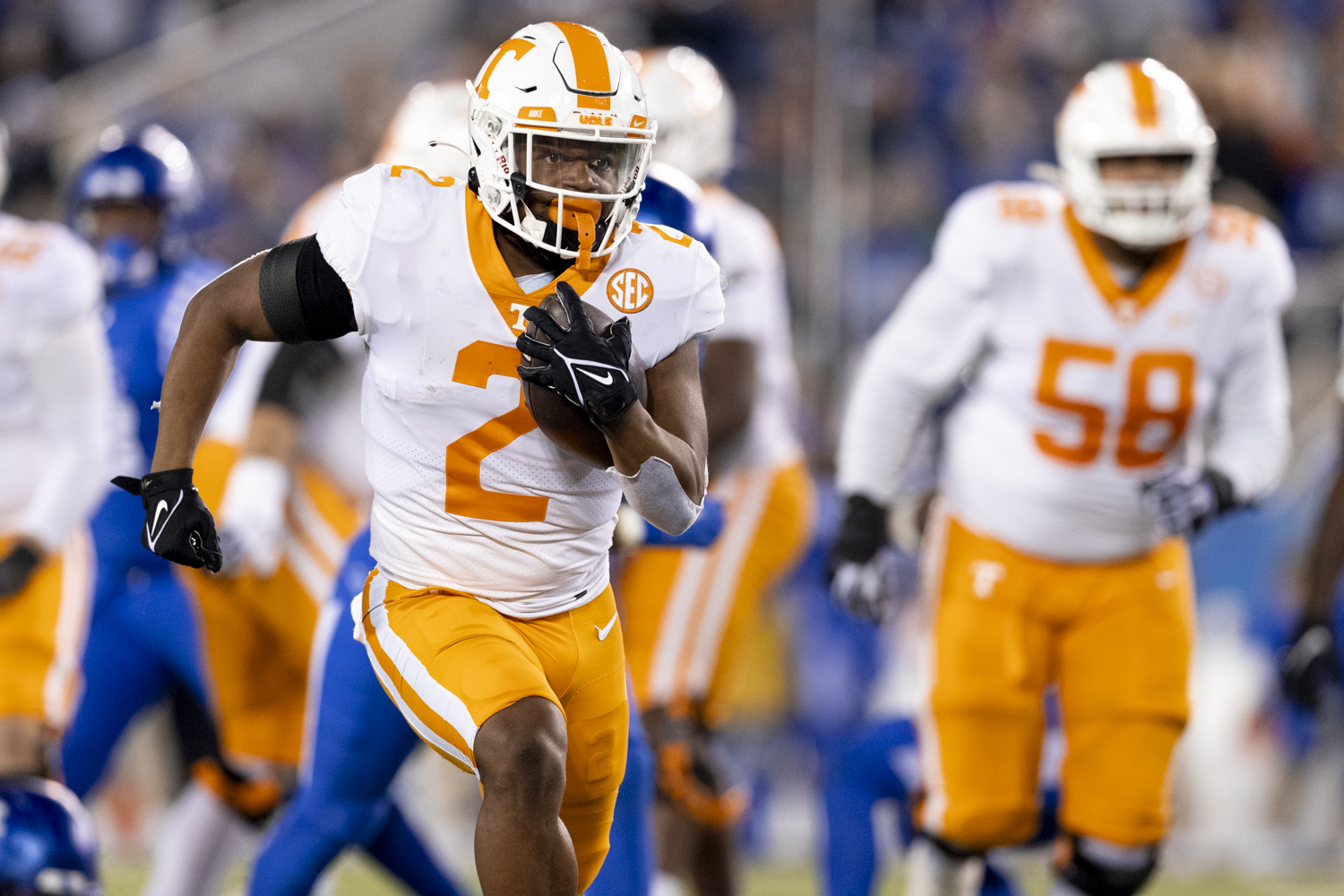


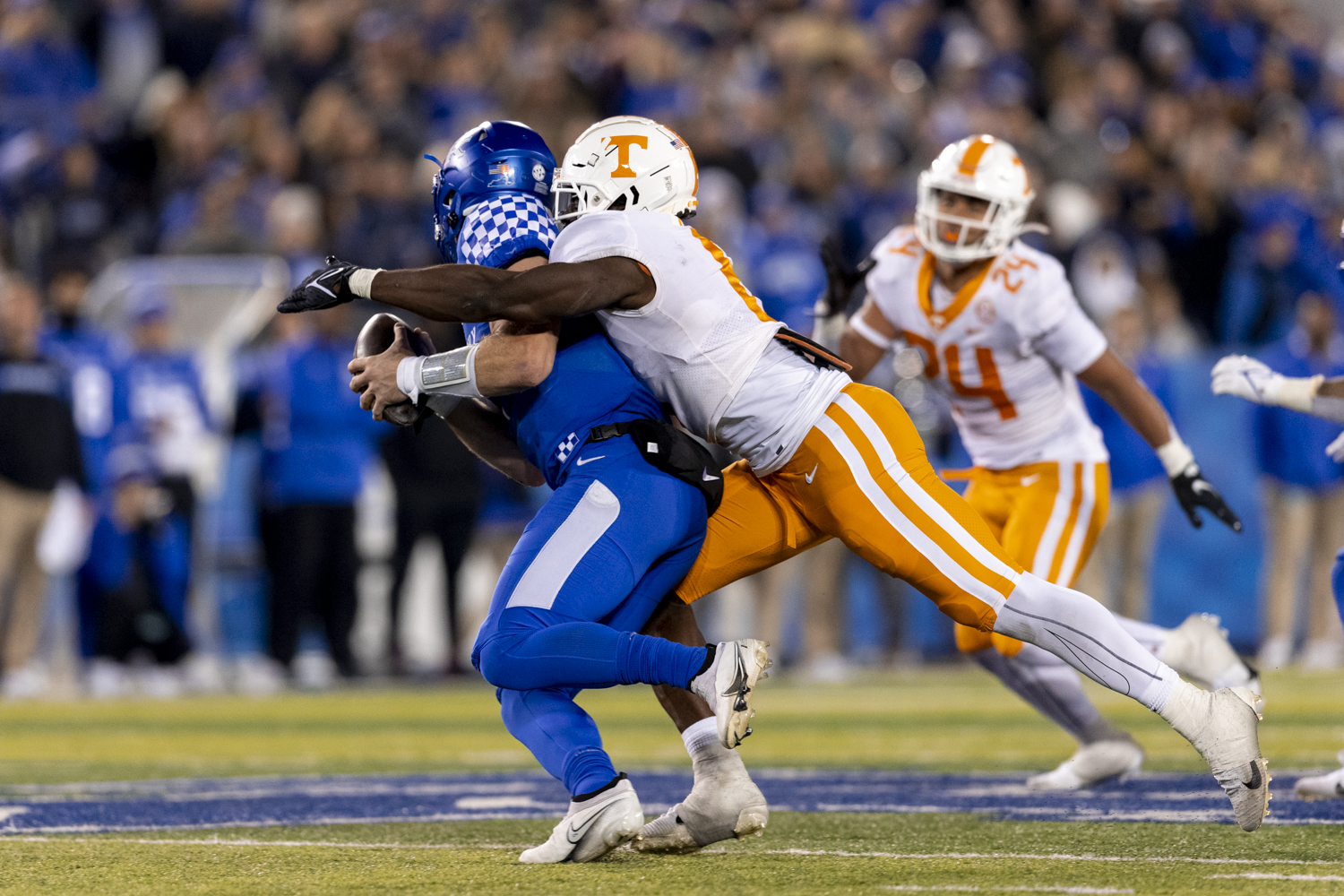
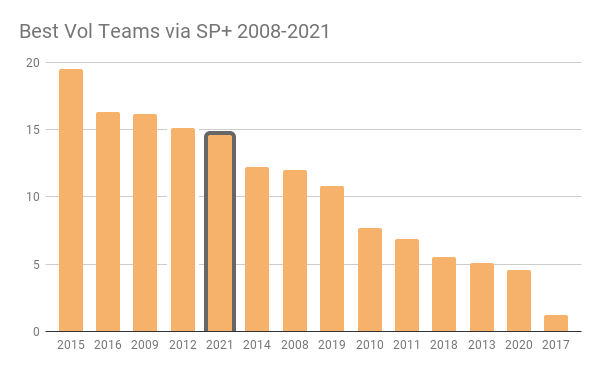
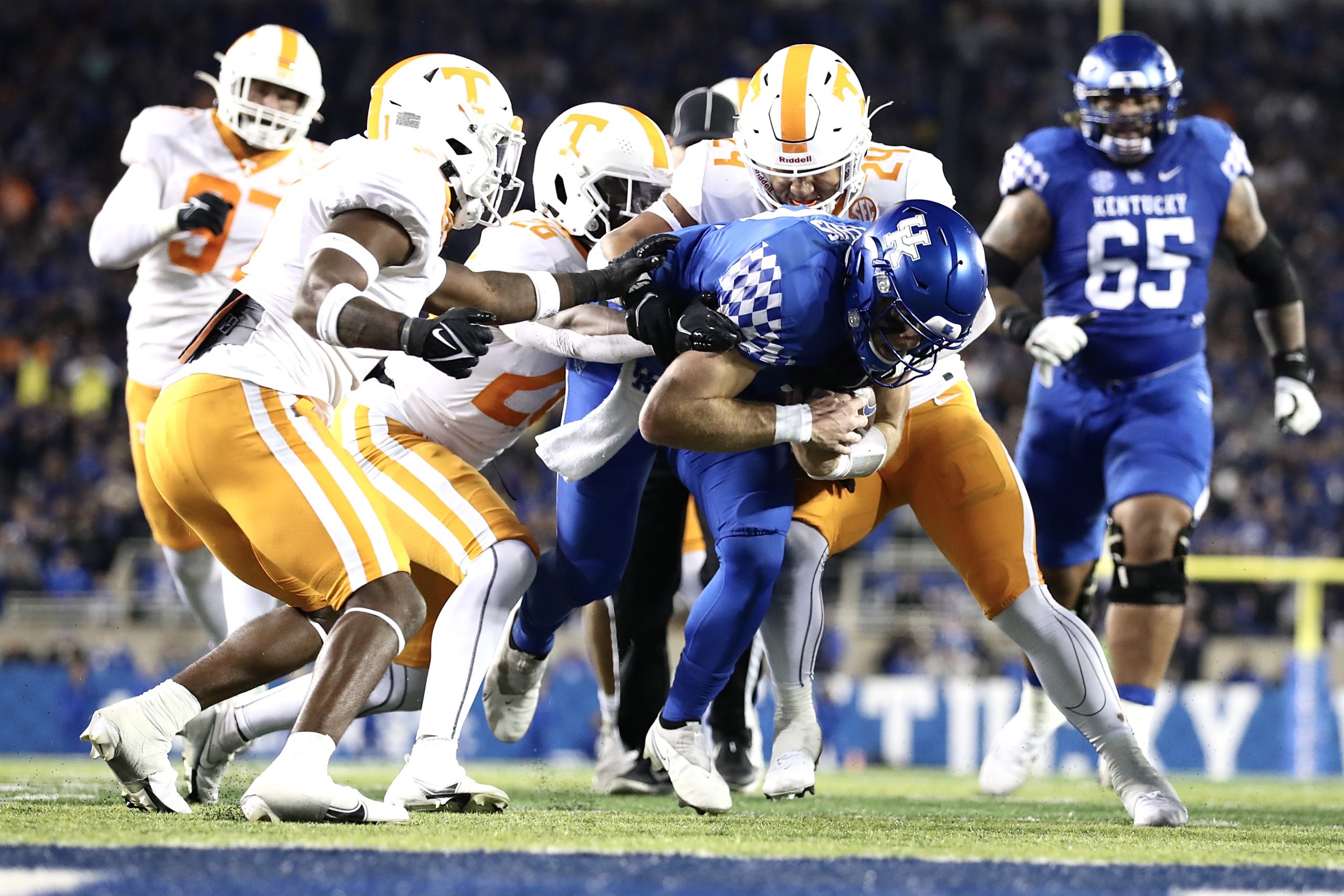
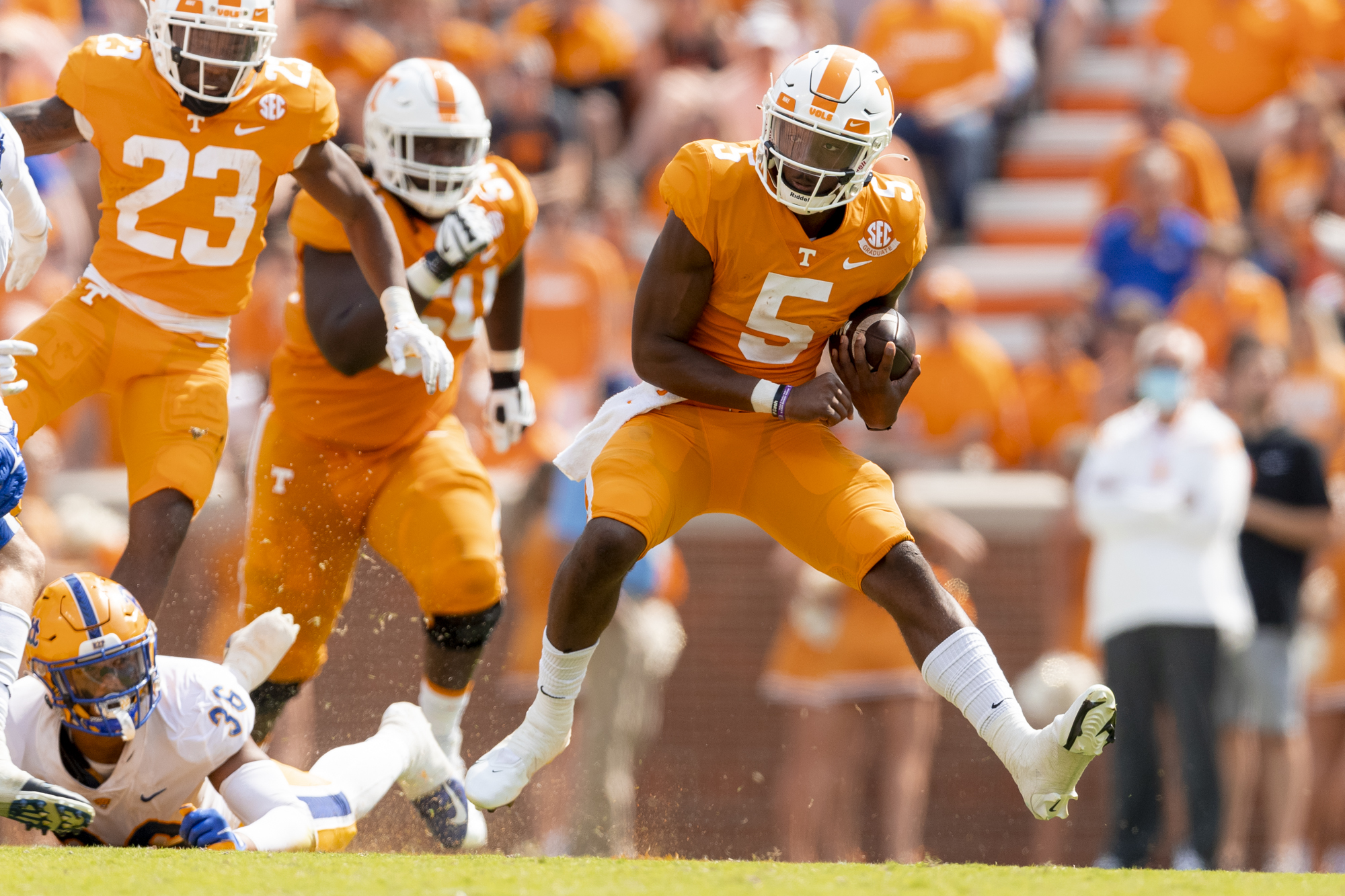
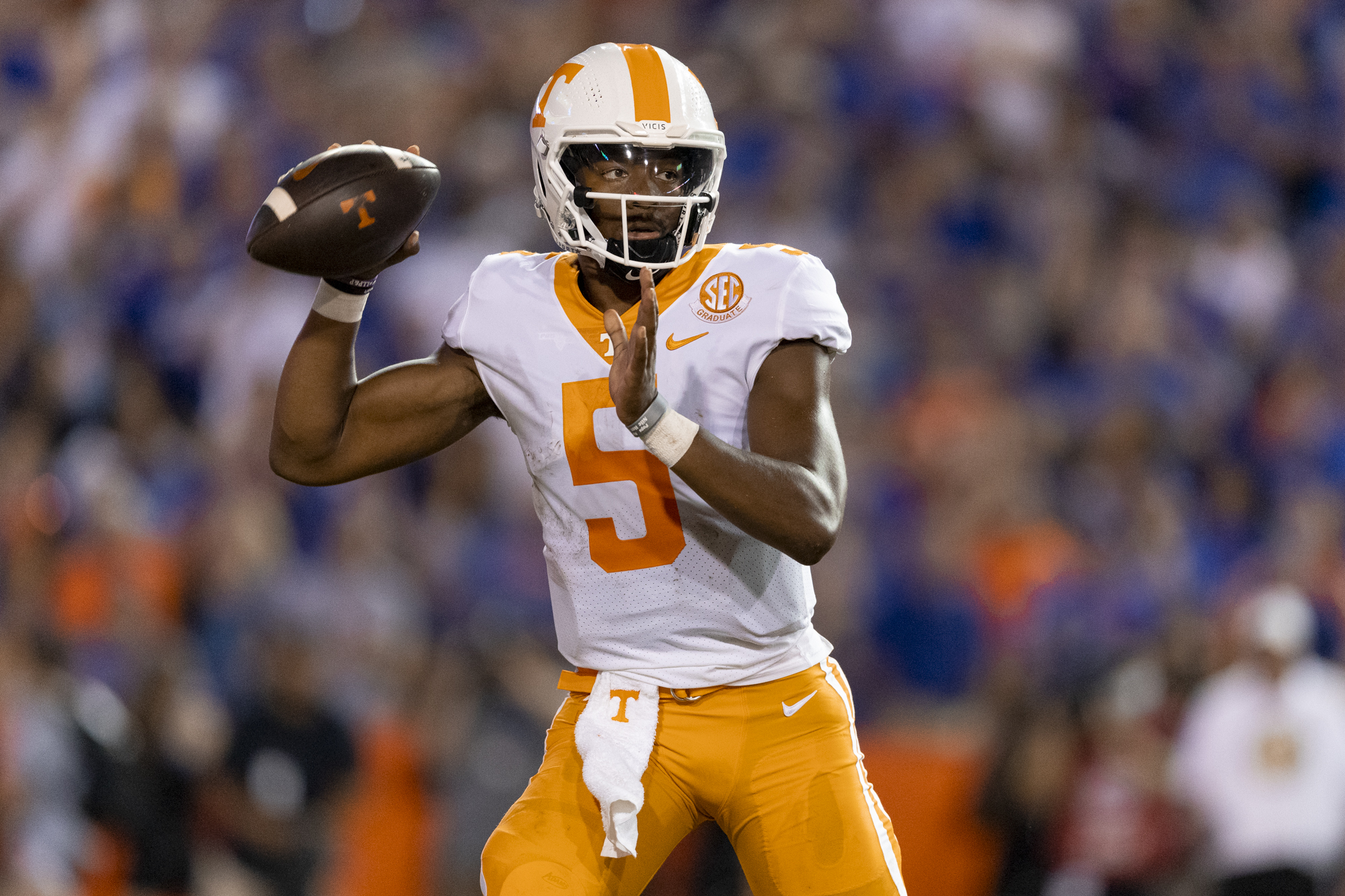
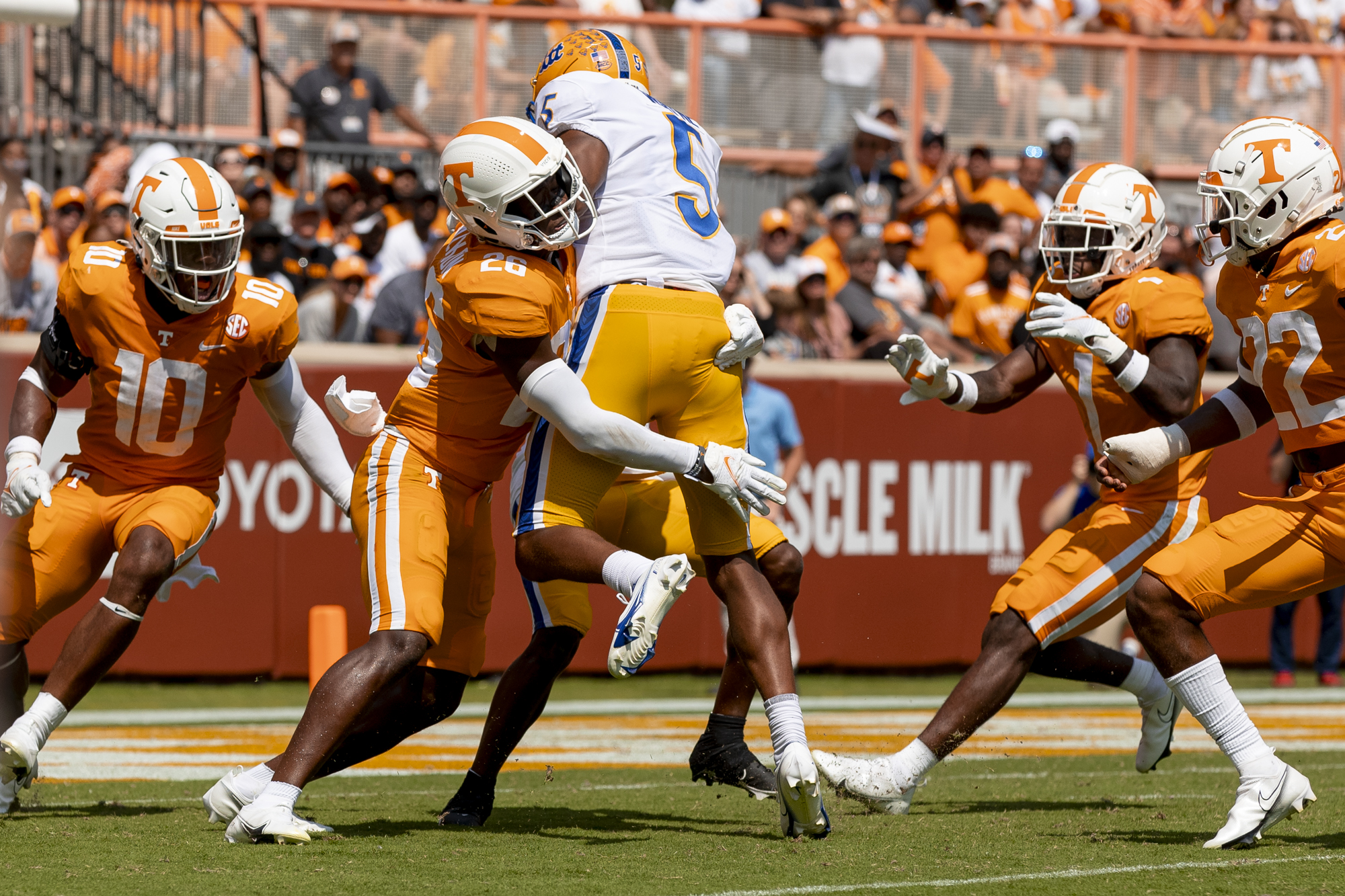
You must be logged in to post a comment.